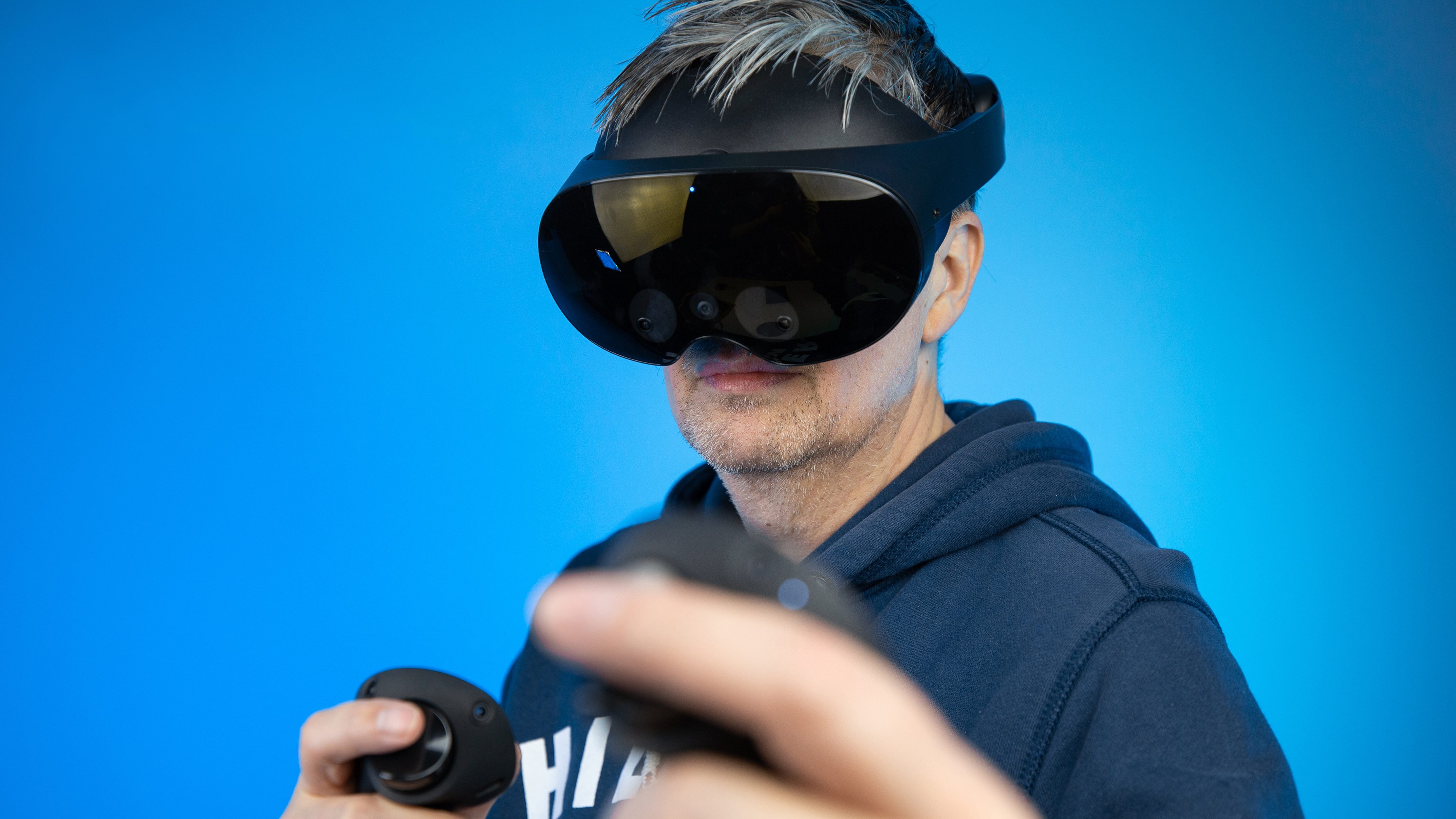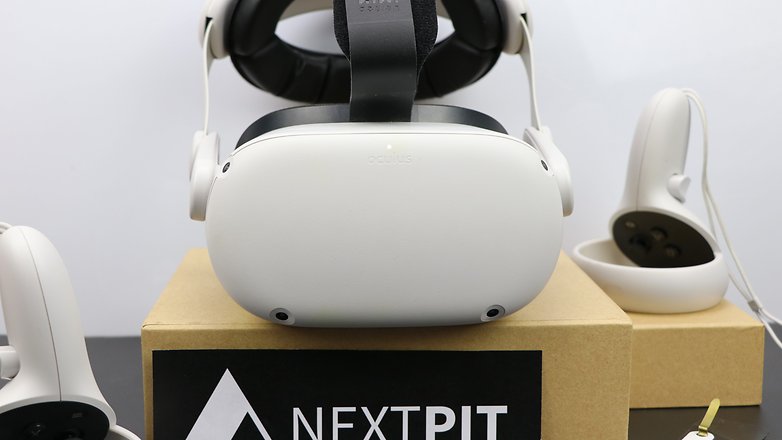
When Meta announced the Quest 3 headset earlier this month, it also pledged to improve the Quest 2 and Quest Pro (review) through a software update. It appears the company has started delivering its promise by rolling out the Meta Quest build which intends to make the current standalone reality glasses a lot faster on top of the other changes in tow.
It didn’t take a month for Meta to push the supposed performance-boosting firmware it mentioned at the start of June. The new software with build number 55.0 will be available starting this week and will come as an over-the-air update for the budget Quest 2 and Quest Pro.
Meta is putting the Quest 2 and Quest Pro headsets on steroids
The most notable change with the latest build is the increase in CPU and GPU clock speed for the Quest 2 (review) and Quest Pro. According to Meta, the update brings up to 26 percent processor boost for both head-mounted displays alongside a 19 percent GPU increase for the former and 11 percent for the premium headset. The faster silicon is said to optimize gaming and experience on both wearables.

Another improvement that is exclusive to the Quest Pro is on the use of eye tracking. The social media giant is enhancing the aforementioned technology, so it would work better in scenes with wider field of views (FoV) and different facial expressions such as wink.
What the two models could benefit is on the use of hand controls when managing notifications in the virtual world. Meaning, you can make the usual tap or swipe gestures on icons to preview notifications or entirely dismiss them.
Other features in Meta Quest v55: Passcode, VR Call, Experimental UI, and more!
Furthermore, Meta is adding support for passcode on its existing headsets through the update. Users can assign a numeric code combination between 4 and 12 characters to lock their device. This can be set up and managed through the settings of the Security section.
At the same time, the company is improving messaging and voice calling on the VR version of the Messenger app. It added that the wearer of the headset can now facilitate messaging and calls from contacts regardless of the device they use on their end. Along with this is added indicator to know the status of the people in the universal menu.
There are also planned changes in the UI, which will arrive under the experimental design. These include an updated landing page, refreshed layout formats, Meta Avatar Store, and compatibility with Facebook and Instagram Reels, among others. Meta mentioned this will be shipped to devices in a staggered manner while the new Futurescape and Great Sand Sea environments will be available immediately.
Do you own a Meta Quest headset? Which of the features and changes mentioned are you looking forward to trying most? Tell us in the comment section.






